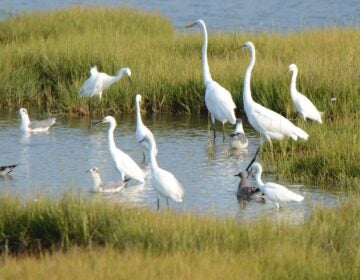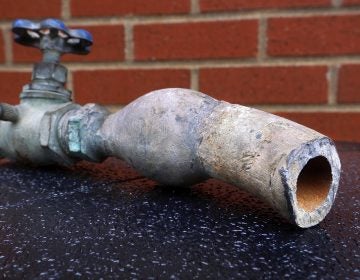Epigenetics may hold answers to the survival of hatchery-born salmon
Coho salmon born in captivity are less likely to survive than those born in the wild, and scientists think captivity may be to blame.
Listen 06:23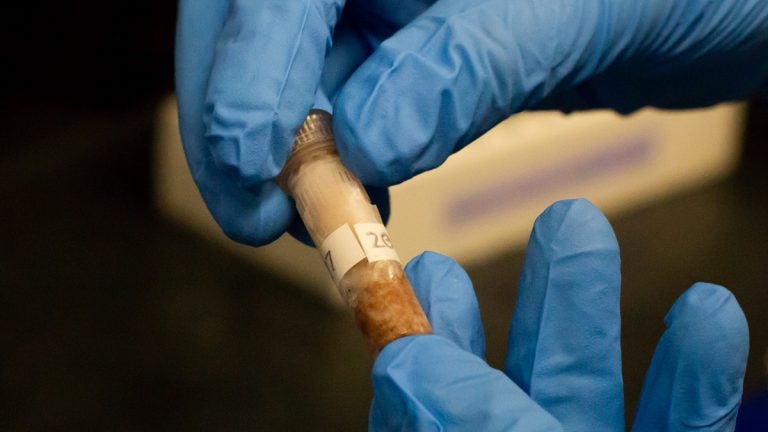
Biologist Jessy Bokvist holds a coho salmon tissue sample in a lab at the University of Calgary in Alberta, Canada. Before DNA can be analyzed, Bokvist has to isolate it from tissue samples. (courtesy of Molly Segal)
Two young coho salmon swim from freshwater to saltwater for the first time. One was born in the wild; the other was born in a hatchery and released into the same river. The wild-born salmon is more likely to survive — and scientists want to know why.
For biologist Louis Bernatchez “there’s something else than genetic differences that is operating here and an obvious explanation was epigenetics.”
Bernatchez, who works at Laval University in Quebec, Canada, wondered if captivity alters the way certain genes in coho salmon are active or muted, rather than actually changing the DNA itself.
To find out, Bernatchez and his team tested salmon from two rivers in British Columbia, Canada. Both rivers have hatchery-born and wild-born coho salmon, allowing the researchers to look at certain genes in both types of fish.
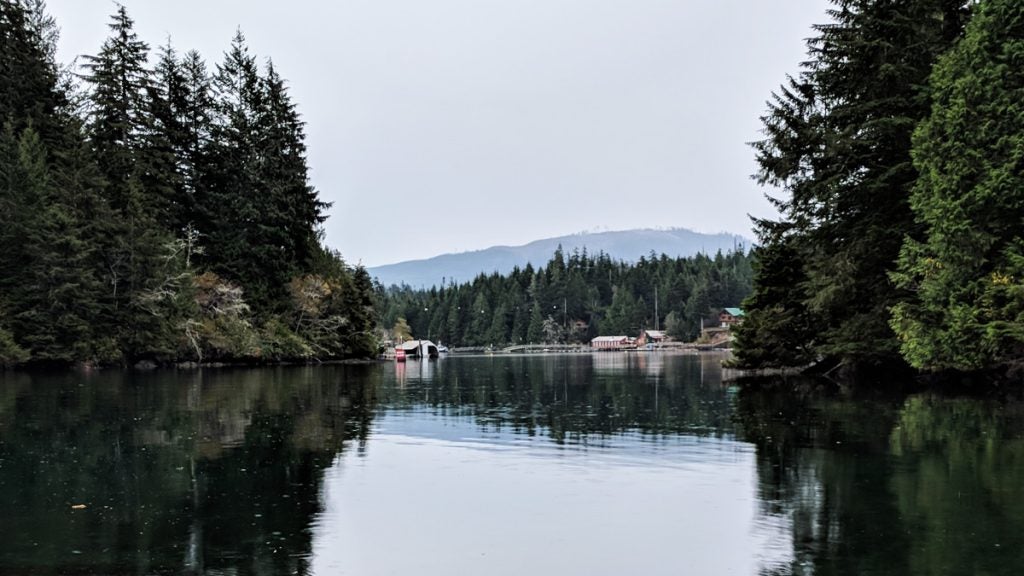
The scientists looked for signs, for methyl molecules: a group of four atoms, one carbon and three hydrogens, that attach themselves to parts of DNA. When a methyl group is attached to DNA, it’s called methylation.
“That’s scientific jargon, but that’s what we were after, looking for difference in methylation between hatchery in wild fish,” Bernatchez says.
Bernatchez and his team discovered methyl groups on regions of the DNA of hatchery salmon, but not the wild-born salmon. The scientists found this methylation on genes that help salmon change how their bodies deal with salt in the water, which is an important physical change they go through when travelling from rivers to the Pacific Ocean.
“If the fish can’t adapt properly to move into saltwater, of course that can be a potential important source of mortality when you release those fish,” Bernatchez says.
He and his team found this methylation in the hatchery-born salmon in both rivers they sampled, which he says is convincing evidence their research is on the right track.
“That’s a very strong case to conclude that the hatchery environment cause these epigenetic changes,” Bernatchez says.
Since 1977, the Canadian government has supplemented wild salmon stocks on Canada’s Pacific Coast with fish born in hatcheries. Despite decades trying to boost the number of wild salmon in British Columbia, the captive-born fish don’t survive as well as their wild-born counterparts.
Salmon are an important food source for some of Canada’s First Nations people in British Columbia. They and scientists want more salmon as part of a healthy ecosystem. Coho salmon make up one of the commercial fisheries on Canada’s Pacific Coast, which have had low catch limits for decades because of weak wild salmon population numbers.
Scientists want to find out what it is about the captive hatchery environment that may cause methylation, and result in differences in gene activity.
It’s a question biologist Jessy Bokvist, a masters student at the University of Calgary in Alberta, Canada, hopes her research will help answer.
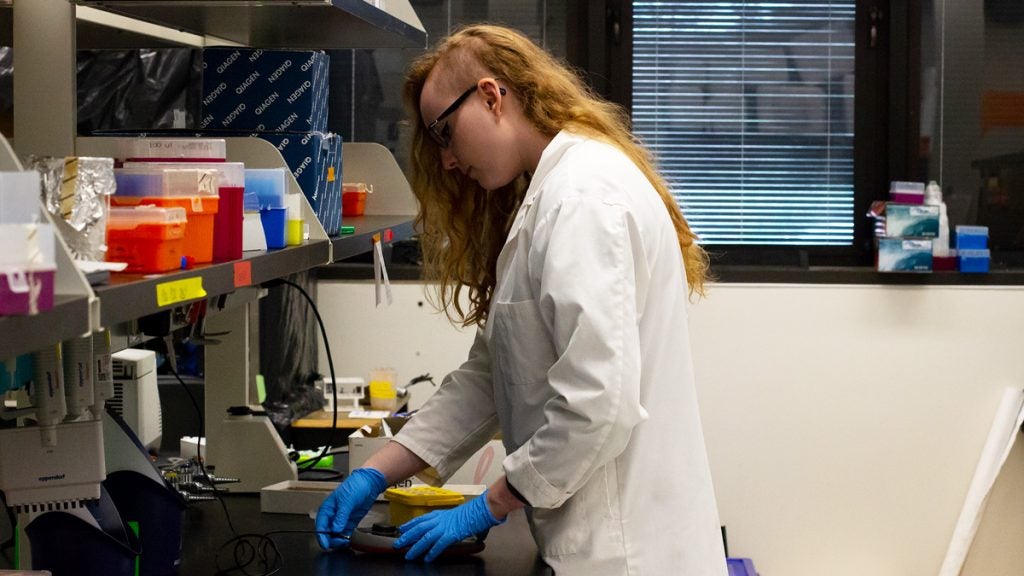
“I think that being in an environment in a hatchery where it’s so dissimilar from actual living in the wild is causing domestication of these fish, which is causing this lower survival,” Bokvist says.
Bokvist and her team have set up a test at the Nitinat River Hatchery in Port Alberni, British Columbia. Since 1980, the Nitinat River Hatchery has supported the Ditidaht First Nations fisheries, as well as commercial and recreational fisheries. This hatchery is one of the locations where Canada’s federal government breeds wild salmon, collecting eggs to hatch in captivity, then raising them in large, round, deep, outdoor tanks.
“They’re about as tall as I am and I’m six feet,” Bokvist says. “They have big … tarps on the top.”
In a standard hatchery, Bokvist says fish are usually crowded into these tanks, usually swimming in a circular pattern. Hatchery workers feed the salmon by sprinkling food pellets at the surface of the water. This is how coho salmon are traditionally raised at the Nitinat River Hatchery, which is why Bokvist uses this setup as the control in her experiment.
Her test tank, or the “enriched” tank, as she calls it, has a few differences to try to better emulate a natural environment.
“They’re getting live prey sometimes as opposed to just pellet food,” Bokvist says. “They’re also having I like to call them toys and these are really just PVC pipes.”
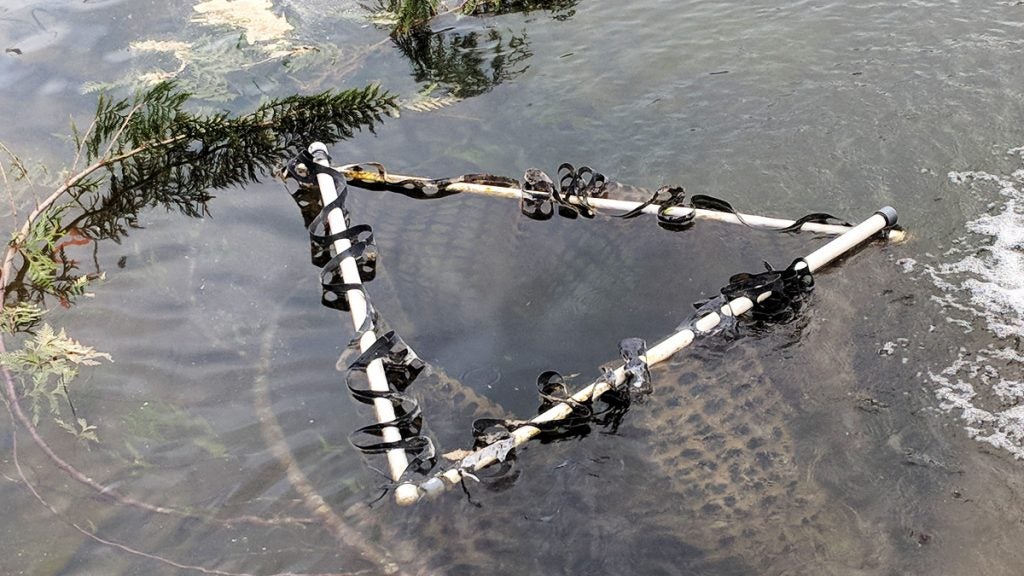
The PVC pipes are formed into a triangle, with black netting attached to the outside of the triangle, floating in the tank to break up the circular swimming pattern salmon resort to when the tank is empty.
“So the fish will swim in and out of the netting … so they’re changing their social dynamics by doing this because they can actually hide or be territorial or anything like that,” Bokvist says.
Bokvist and her team also introduce the enriched test fish to predators, sometimes by opening up the lid of the tank.
“Then … natural predators like birds might come in and you know check out what’s going on because there’s a bunch of small coho salmon swimming there,” she says.
Once the researchers mark the adolescent salmon smolts and release them, Bokvist will try to figure out which ones survive better — the traditional hatchery fish, or the enriched test fish — by comparing their DNA to see if there is any difference in the methylation of certain genes.
If the enriched hatchery fish have less methylation, that could mean the test tanks — with toys, predators and other things to emulate a more wild environment — could make fish more successful in the wild.
“Not to say you know this study is going to be everything…just within a captive environment, within a hatchery, what’s happening is what I’m asking,” Bokvist says. “Even though I’m working with coho salmon, there’s implications for other species, implications for using this and freshwater hatcheries in aquaculture.”
If Bokvist’s idea is correct, there could be improvements to hatcheries that could help increase the numbers of fish released into rivers and oceans, and perhaps even the fish that make it onto your dinner plate.
WHYY is your source for fact-based, in-depth journalism and information. As a nonprofit organization, we rely on financial support from readers like you. Please give today.




